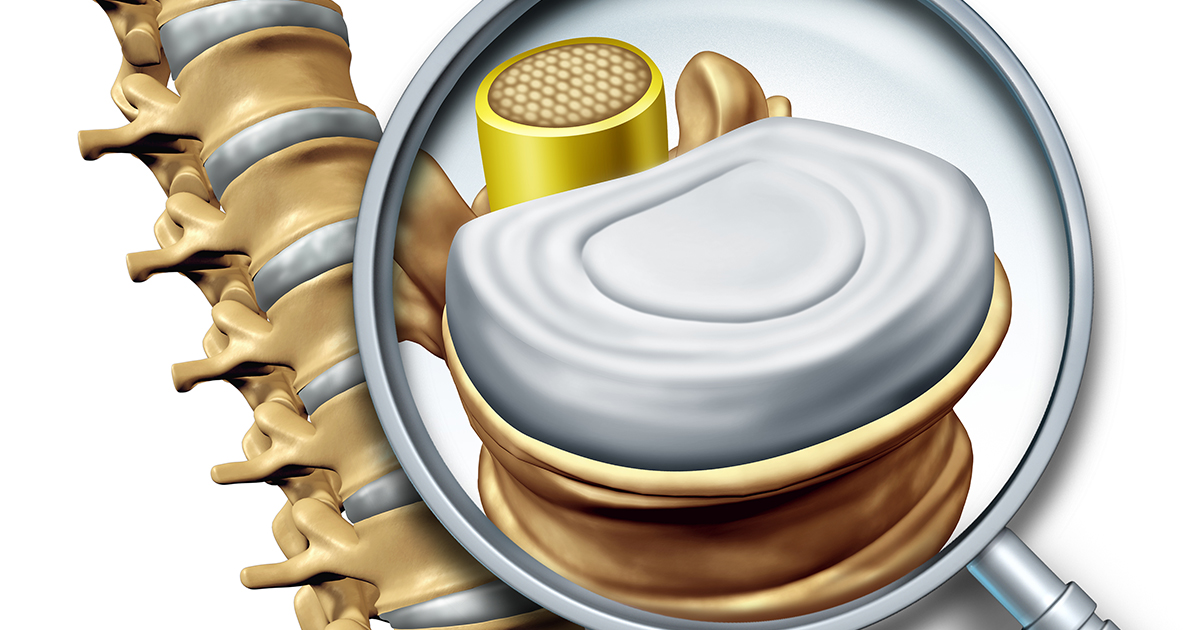
What is Total Disc Replacement?
This replacement is a surgical procedure, in which a damaged intervertebral disc is replaced with a metallic or prosthetic device.
Total disc replacement is performed on patients who have a protruding or damaged intervertebral disc. If a damaged intervertebral disc impinges upon nerve fibers, this condition can cause a great degree of distress and pain.
How is the Procedure Performed?
After consent is obtained, the patient is put under general anesthesia and the abdomen is cleaned with antiseptic solution. A small incision is made on the abdomen. Intervening structures are moved aside, allowing the surgeon to gain access to the spine. The diseased vertebral bodies and intervertebral disc are identified and then surgically removed. Damaged cartilage also may be removed.
As the space between the vertebral bodies is now void, replacement needs to be completed as quickly as possible. The vertebral bodies are kept apart in order to prevent them from compressing any nerve fibers that are emerging from the spinal cord. Within the space that is created, metallic implants are inserted and are attached to the vertebral bodies above and below the space.
In between the metallic implants, the surgeon inserts a polyethylene sliding core. The thickness of this core is equal to the thickness of the intervertebral discs elsewhere in the spine. This allows completely normal spinal alignment and spinal movement.
After the procedure has concluded, the instruments are removed and the abdomen is sutured close. Patients are kept in the hospital for a few days and then discharged.
After the Procedure
Once the wound is closed and the patient is receiving outpatient care, X-rays may be taken to confirm the position of the prosthetic device. Patients will be seen by a physical therapist fairly soon after the procedure. Exercises will be recommended and must be performed under supervision in the initial stages. Over time, patients will be able to regain their complete mobility.
Benefits and Risks
The main benefit of total disc replacement is the restoration of spinal movement and the relief of pain. With adequate physical therapy and regular exercise, patients can regain their normal mobility. The risks are few, including potential mild to moderate discomfort, as well as bruising around the site of surgery. Discomfort is easily relieved with painkillers, while any potential infections may be treated with antibiotics.




